1. Why Cup Size Matters
The size of a paper cup not only determines its capacity but also affects its feel in hand and compatibility with lids.
From 1.5oz espresso cups to 16oz coffee cups, each size requires a precise match in height, top diameter, and bottom diameter.
Even a difference of just 1 millimeter can affect:
- Stacking stability of the paper cups
- Lid seal
- Insulation performance of the cup
- Stability during forming
2. How are paper cup sizes affected by market demand?
Beverage cultures, chain coffee shop standards, volume requirements, and packaging regulations vary significantly across different countries and regions, resulting in no globally standardized paper cup size. Clients typically determine the appropriate paper cup size based on the needs of consumers in their target market, and these sizes must be achieved through custom mold making.
Different markets have different standards for paper cup sizes:
- Europe: Mostly 12oz–16oz coffee cups
- Middle East: Mostly 4oz–9oz tea cups
- North America: Commonly 12oz–16oz coffee cups
- Asia: 4oz–16oz paper cups with different characteristics. The machine needs to be equipped with molds of different sizes to meet the standards of different markets.
The paper cup machine supports mold changing, allowing for flexible switching to produce paper cups of different specifications.
Our 12oz paper cups designed for our customers in Moldova:

Our 8oz paper cups designed for our customers in Saudi Arabian:

Our 16oz paper cups designed for our customers in The United States:

Our 6oz paper cups designed for our customers in the UAE:

3. The Role of the Mold in Paper Cup Machines
In a paper cup machine, the mold determines the shape and capacity of the paper cup.
It typically consists of the following parts:
- Forming mold: determines the shape and height of the cup body.
- Curling mold: ensures a smooth, rounded rim.
These molds must precisely match the paper cup fan (the printed semi-finished paper fan).
Improper matching can lead to problems such as paper cup deformation, tilting, or leakage.
4. Customizing Molds for Different Cup Sizes
Once the customer provides a paper cup sample or design parameters, the manufacturer will customize the mold based on the following data:
1. Top diameter
2. Bottom diameter
3. Cup height
4. Paper weight (GSM range)
5. Material type (single PE, double PE, or kraft paper)
After confirming the parameters, the mold will undergo precision machining to ensure a perfect fit with the paper cup fan-shaped components.
At MingYuan Machinery, the molds undergo thickened metal treatment and are equipped with a vacuum adsorption positioning system, improving fit and lifespan.
5. The Connection Between Mold Design and Machine Precision
High-precision molds must be paired with a stable forming system.
The upgraded paper cup machine employs servo control, hot air gun heating, and cam drive systems to ensure consistency in each forming cycle.
The result is: each paper cup is dimensionally accurate, has a uniform appearance, and boasts a high yield rate.









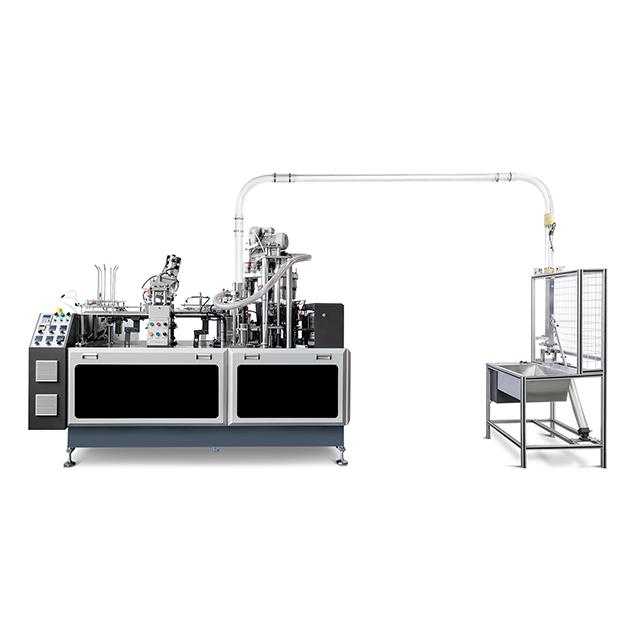
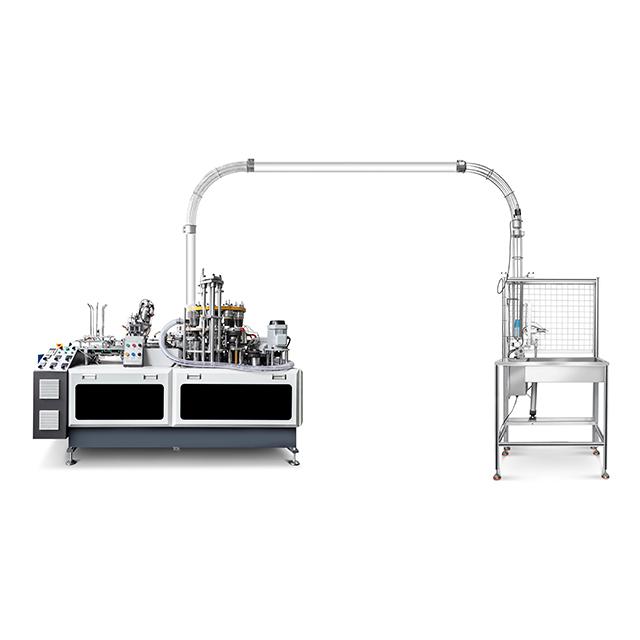


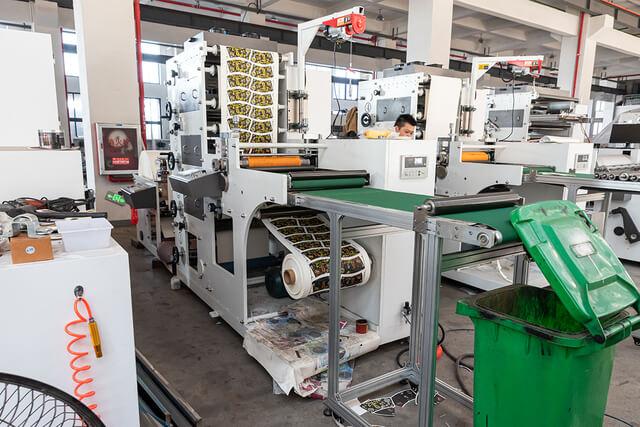
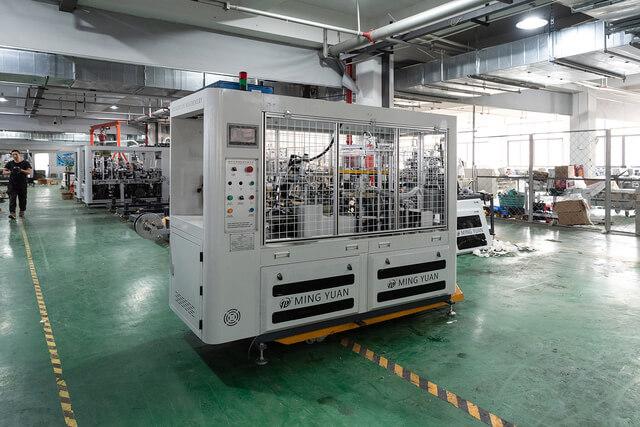
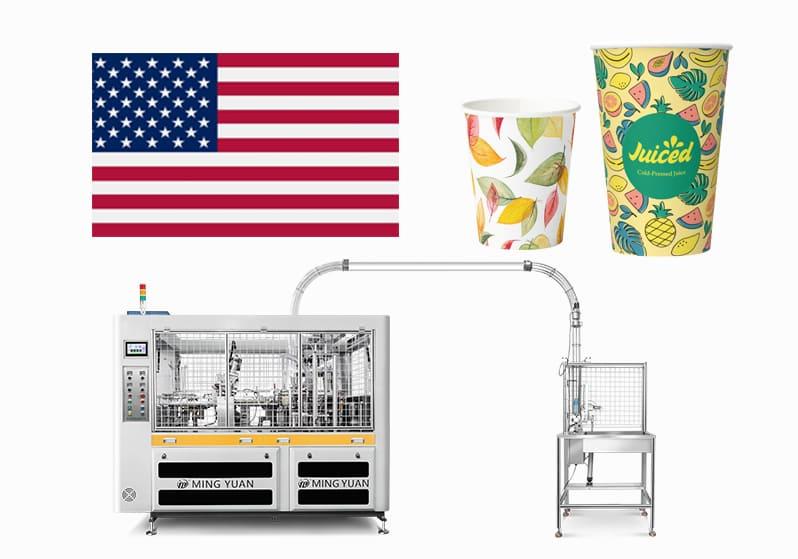

 Tel: +86-19057361870 / +86 577 65567060
Tel: +86-19057361870 / +86 577 65567060  Email: george@paper-cupmakingmachine.com
Email: george@paper-cupmakingmachine.com MP/WhatsApp: +86-19057361870
MP/WhatsApp: +86-19057361870 Manufacturer Address:No.1588, Huaming Road, Feiyun Street,Ruian City Zhejiang Province -325200 China
Manufacturer Address:No.1588, Huaming Road, Feiyun Street,Ruian City Zhejiang Province -325200 China




